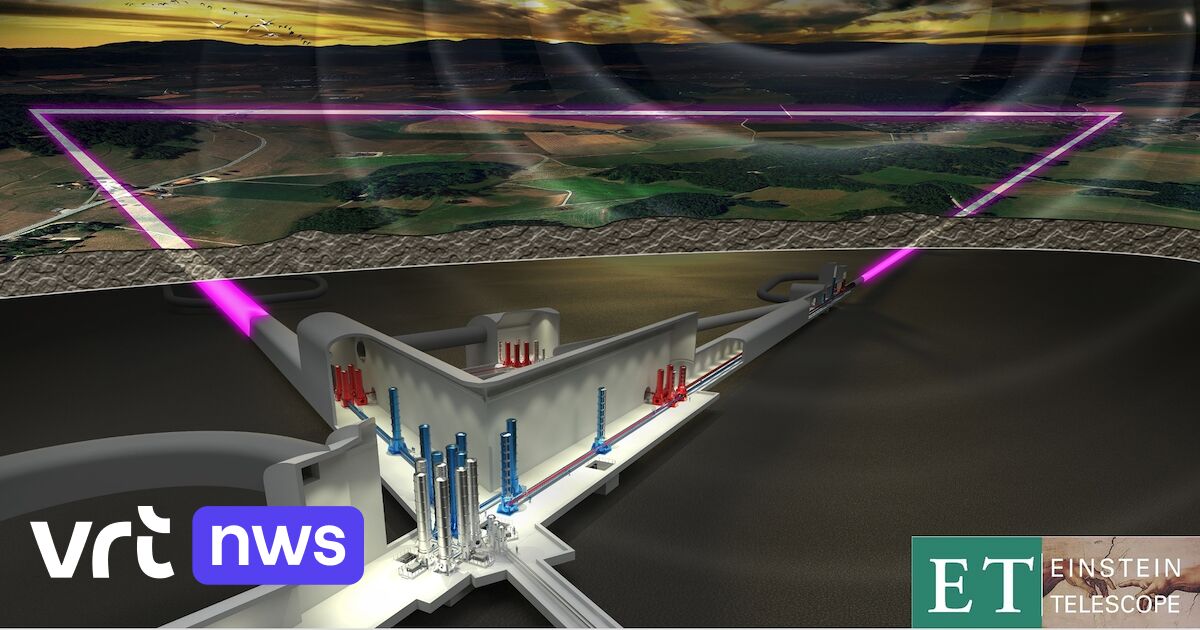The new telescope should be more accurate and sensitive than its current predecessors in the US (LIGO) and Italy (VIRGO) and should also be able to pick up gravitational waves generated by “lighter” events in the universe.
The telescope is actually three interferometers, which can sense the smallest fluctuations in gravitational waves traveling through the universe. They operate by light and only give a signal once there is a slight difference in the tubes of the interferometer telescope.
“Normally there is no signal and nothing can be seen on the measuring equipment,” said Professor Michael Verwijk of the B-PHOT research group at VUB. “At the angles where the tubes meet and where the light in the different tubes can interfere with each other, a signal in the form of a light ring appears only when there are slight changes in the length of the tube system. Measuring equipment will be different and can be measured from 10 to 18 meters and even better.”
These slight differences in length are caused by gravitational waves, which we know can cause light to deviate from its orbit.
“They are the result of cosmic events that happen far in space, such as the collision of black holes or stars,” said Verwijk. “It hasn’t been that long since the first gravitational wave was detected. Nowadays, we find at least one every week. We suspect there are many others and they could also be the result of much lighter and smaller accidents in space, but we just don’t record it. We hope it works out with us.” Einstein Telescope.

“Total coffee specialist. Hardcore reader. Incurable music scholar. Web guru. Freelance troublemaker. Problem solver. Travel trailblazer.”







More Stories
GALA lacks a chapter on e-health
Weird beer can taste really good.
Planets contain much more water than previously thought